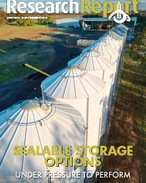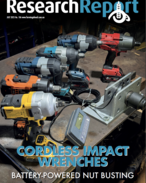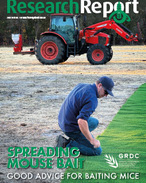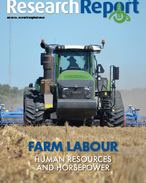This article is 8 years old. Images might not display.
The WA Department of Agriculture and Food’s Climate in the Pilbara report on the potential for irrigated agriculture development notes there are areas that could accumulate enough chill units, usually associated with mild climates, to grow such crops.
Department Irrigated Agriculture executive director John Ruprecht said the revelation added to the diverse range of high-value horticulture development opportunities in the region.
“The Pilbara is well known for its scorching summer temperatures, but we were also surprised to discover the region has a chill factor,” Ruprecht said.
“Highland areas of the Hamersley range and the south-east Pilbara around Newman, in particular, regularly record winter chill units accumulation similar to Carnarvon where table grapes, and subtropical peaches and nectarines are successfully grown.”
The Climate in the Pilbara report described the climate characteristics of the region, what factors drive the climate and how the climate may change in the future.
Ruprecht said a thorough understanding of climate was essential to a successful agricultural enterprise, as temperature, rainfall and seasonality determine what can be grown and when.
“Understanding the likelihood and severity of extreme events, such heatwaves and cyclones, is essential to managing risk, not just to people and infrastructure, but for crop production as well,” he said.
“The climatic extremes of the Pilbara will pose production challenges for potential irrigators and close attention will be required to optimise crop water use given the high evaporative demand likely to be faced by field crops.”
Over the past 40 to 60 years, average annual temperatures have increased over most of the State, while annual rainfall is projected to remain largely unchanged in future.























